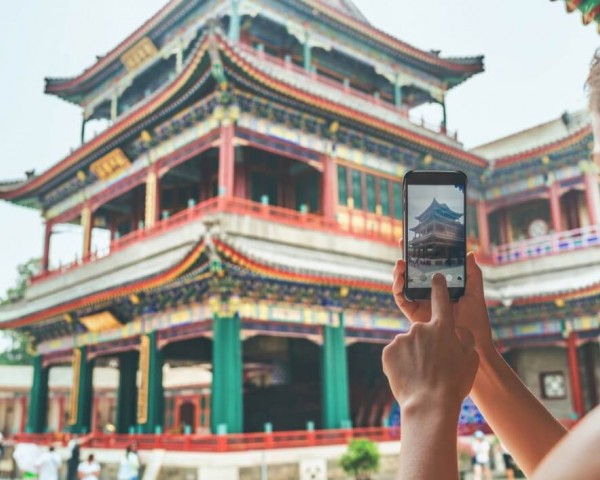China’s cultural tourism market is booming, thanks to some cool new attractions, different kinds of businesses, and a strong connection between local culture and what makes each region special. You could say it really came alive in 2024. There were 5.62 billion trips taken within China, which is about 14.8% more than the year before, and people spent around 5.8 trillion yuan (about $800 billion), which is a 17.1% jump. Also, a lot more people from other countries visited – about 132 million, which is up 60.8% – and they spent almost $100 billion, up a whopping 77.8%.
The cultural tourism businesses that are a bit bigger made about 14 trillion yuan (about $1.94 trillion), which is 6% more than the previous year, and the number of tourism companies grew by 4.7% to around 310,000. As China’s “14th Five-Year Plan” for culture and tourism says, this market is super important for keeping the economy steady, getting people to spend more money, creating jobs, and making life better for everyone. But, things like the shaky economy, different tastes, and the fact that a lot of tourist spots are kind of the same mean that we need to plan carefully and come up with new ideas so that tourism can really be a key part of the country’s economy.
A Vibrant Market with Robust Growth
China’s tourism focused on culture is using its amazing history and nature to grow. In 2024, traveling within China was really popular, thanks to new places to see and experiences that mix culture and local character. More people from other countries also came to visit, showing that China is popular worldwide. The money that tourism brings in is a big deal: it helps local areas, creates jobs, and pays for new things. From old historical sites to modern culture festivals, China has a lot to offer for people who want real, interesting experiences.
Challenges to Sustainable Growth
But even though things are going well, there are some problems. The economy in China isn’t totally back on its feet yet, so the tourism market isn’t doing equally well everywhere. Also, tourist spots can be too similar, and new kinds of tourist experiences might grow too fast without a good plan. These problems could make the tourism market less valuable and use up too many resources. Because of this, China really needs to plan ahead and support the tourism industry so it can grow in a way that lasts and doesn’t just create low-quality, repeated experiences.
Strategies for Long-Term Success
Better Planning and Policy Support
Because tourism is so connected to other things and has a big impact, we need to plan for the future. Local governments should come up with plans that fit their specific culture and nature, set goals, and find new ways to avoid being the same as everyone else. It’s really important to have new ideas about money: making it easier for tourism businesses to get loans, giving them more money, and covering more things with loans can help them grow. Also, taxes should be changed to give the right kind of support and make sure money is used well to help the tourism industry. By working together, banks and the government can create a plan that fixes the bad parts and makes the good parts of the industry even better.
Deepening Culture and Tourism Connection
Combining culture and tourism is a really important part of China’s plan. By adding Chinese culture and local traditions to tourist routes, attractions, and services, the industry can make things more interesting and real. Also, tourism can help protect culture, support historical places, and make people proud of their culture. New cultural resorts and “tourism +” ideas – like low-flying sightseeing and real-feeling experiences – use technology to create new kinds of tourism. These things make visiting more fun and make sure that culture stays at the center of the tourism experience.
Embracing Technology and Innovation
For the cultural tourism sector, technology presents a significant opportunity. The integration of innovations such as AI, virtual reality setups, and smart city infrastructure offers the chance to improve both how visitors experience their trips and the efficiency of logistical operations. It’s important to support businesses as they bring in these technological upgrades, refine management strategies, and diversify offerings, because these changes are likely to further advance the industry. Interest in new options, like immersive cultural experiences, and tech-centric tours is on the rise, yet expansion must be handled thoughtfully, balancing progress with ecological responsibility and the actual demands of the consumer market.

